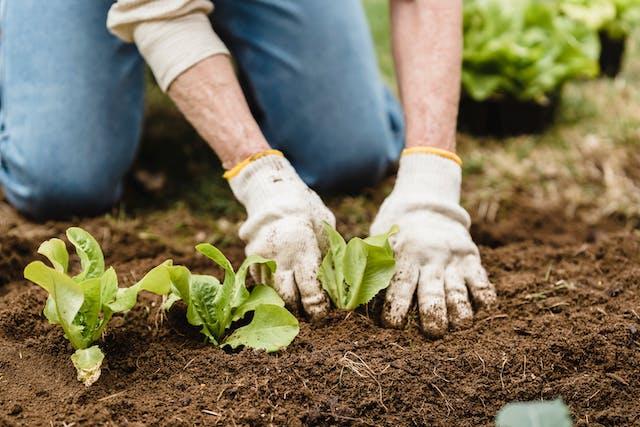
Introduction
Organic gardening is a sustainable and environmentally friendly approach to growing plants. It focuses on using natural methods for pest control and fertilization, avoiding synthetic chemicals that can harm beneficial insects, soil health, and the overall ecosystem. In this article, we will explore organic gardening techniques for natural pest control and fertilization to help you maintain a healthy and thriving garden.1. Integrated Pest Management (IPM)
- Identify and monitor pests: Regularly inspect your plants for signs of pests or damage. Learn to identify common garden pests and understand their life cycles to implement appropriate control measures.- Encourage beneficial insects: Attract and support beneficial insects like ladybugs, lacewings, and praying mantises that feed on garden pests. Plant flowers like marigolds, lavender, and daisies to attract pollinators and predatory insects.
- Use physical barriers: Install row covers, netting, or fences to protect your plants from pests like birds, rabbits, or deer. This prevents direct damage and reduces the need for chemical interventions.
2. Natural Pest Control Remedies
- Homemade insecticidal soaps: Mix a solution of mild liquid soap and water to create an insecticidal soap spray. This can be used to control aphids, mites, and other soft-bodied insects. Spray directly on affected plants, making sure to cover both sides of the leaves.- Neem oil: Neem oil is derived from the neem tree and acts as a natural insecticide and fungicide. Dilute according to the package instructions and spray on plants to control pests like aphids, whiteflies, and caterpillars.
- Companion planting: Certain plants have natural pest-repelling properties. Interplanting them with vulnerable plants can help deter pests. For example, planting marigolds alongside tomatoes can repel nematodes.
3. Organic Fertilization
- Composting: Create your own compost by collecting kitchen scraps, yard waste, and other organic matter. Compost provides essential nutrients to plants and improves soil structure and fertility. Apply compost to your garden beds or mix it into potting soil for containers.- Mulching: Apply a layer of organic mulch, such as straw, wood chips, or shredded leaves, around your plants. Mulch helps retain moisture, suppresses weeds, and slowly releases nutrients into the soil as it breaks down.
- Organic fertilizers: Use natural fertilizers like compost tea, fish emulsion, or seaweed extract to provide additional nutrients to your plants. Follow the instructions on the packaging for application rates and frequency.
4. Soil Health and Crop Rotation
- Soil testing: Regularly test your soil to assess its nutrient levels and pH. This allows you to make informed decisions about fertilization and soil amendments to ensure optimal plant growth.- Crop rotation: Rotate your crops each growing season to minimize the buildup of pests and diseases. Different plant families have different nutrient requirements and attract different pests, so rotating crops helps break pest cycles and maintain soil health.
- Cover cropping: Plant cover crops like clover, buckwheat, or legumes during fallow periods or as green manure. Cover crops help improve soil structure, suppress weeds, and add organic matter to the soil when tilled in.
Conclusion
Organic gardening techniques provide a sustainable and eco-friendly approach to pest control and fertilization. By implementing integrated pest management strategies, using natural pest control remedies, focusing on organic fertilization methods, and maintaining soil health, you can create a thriving garden without relying on synthetic chemicals. Embrace the principles of organic gardening and enjoy the benefits of a healthy, productive, and environmentally conscious garden.
Article
Be the first comment
Elite Article













